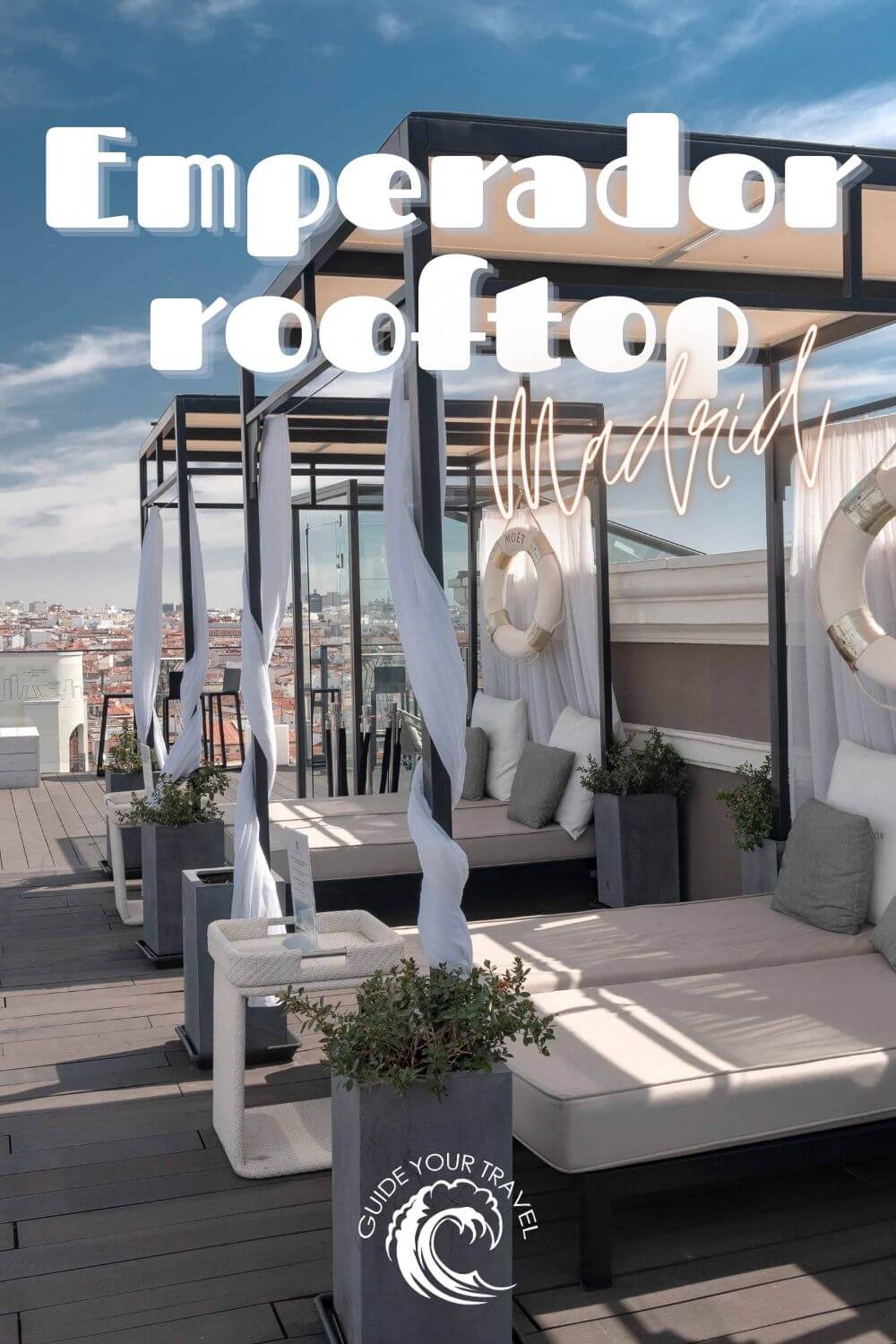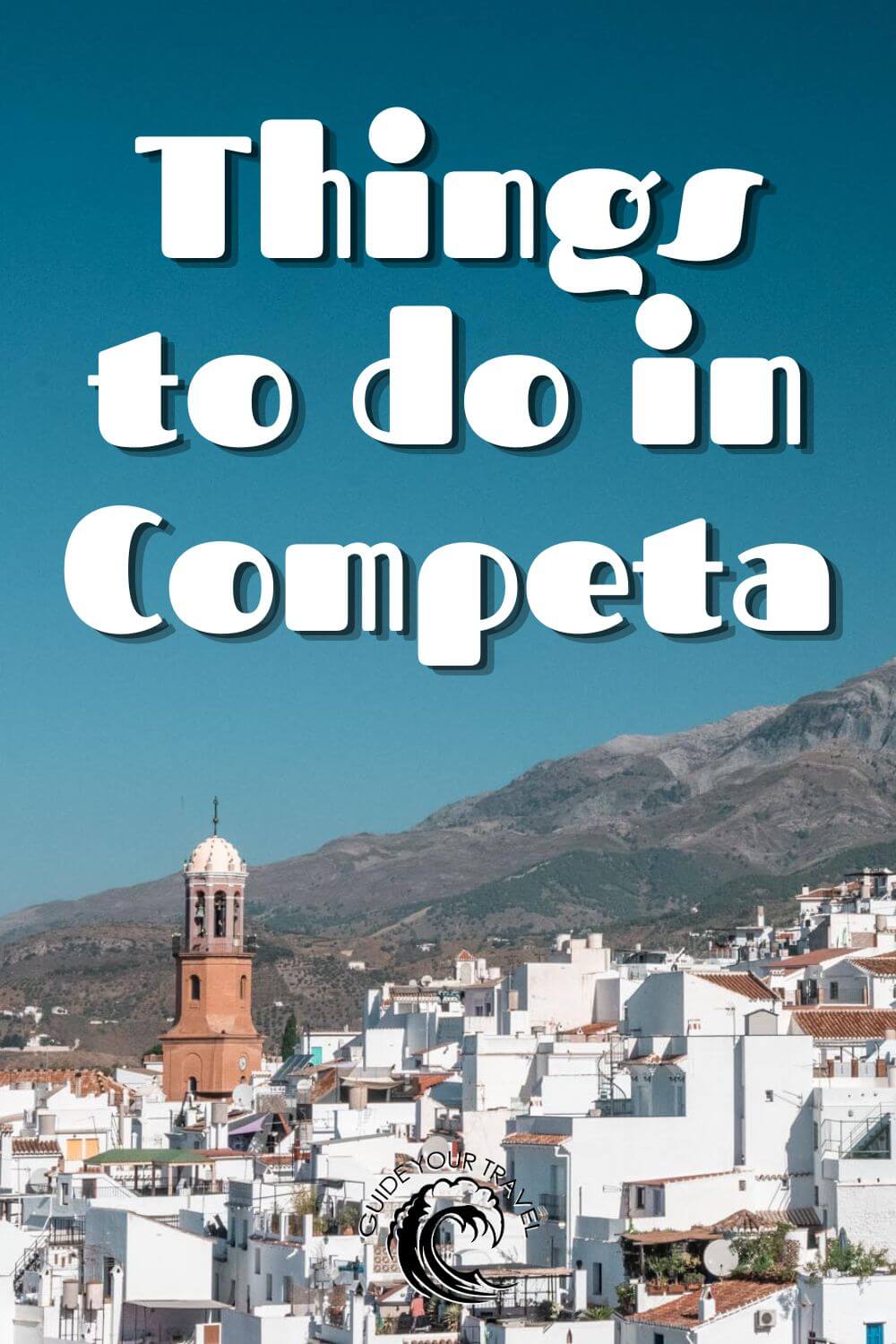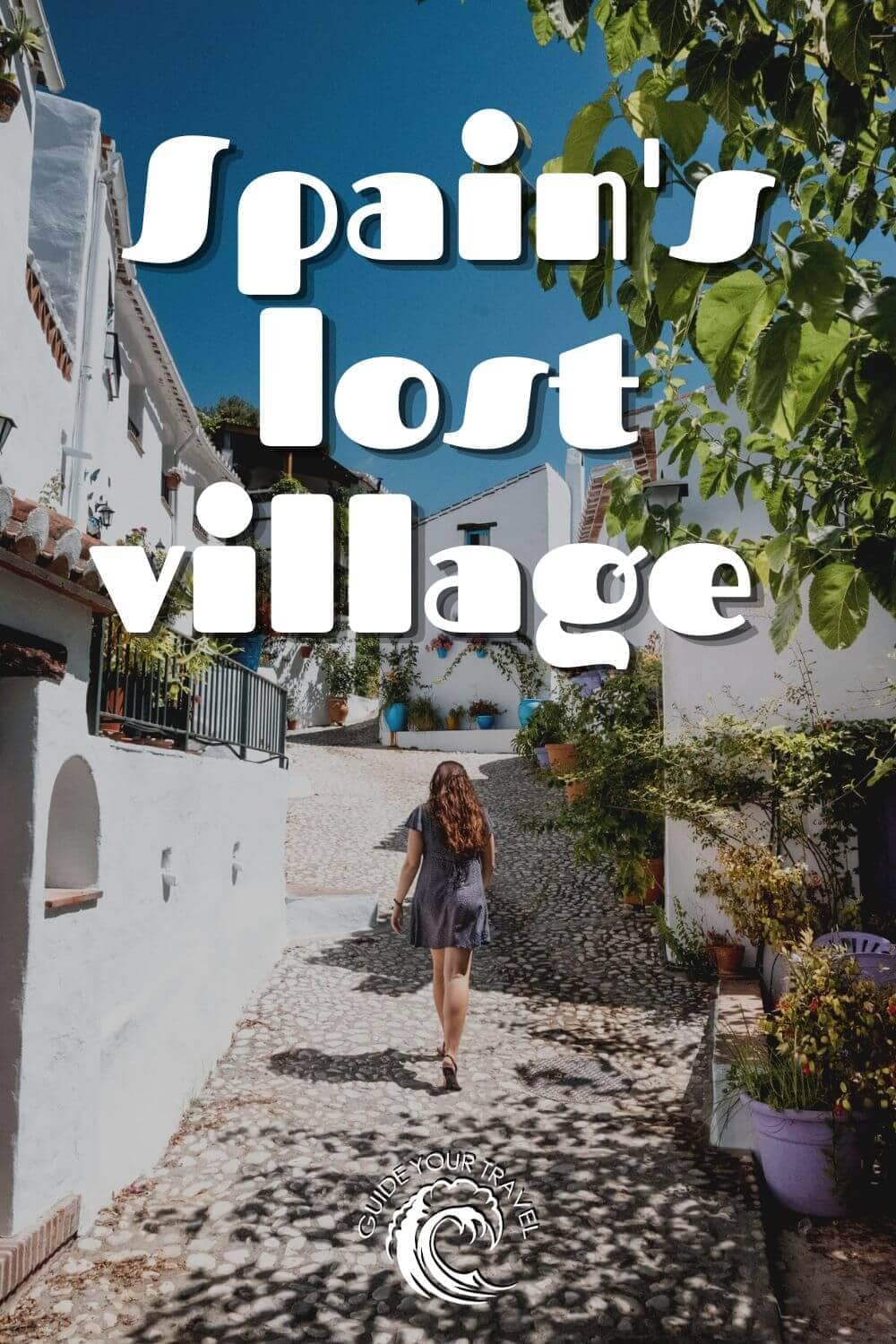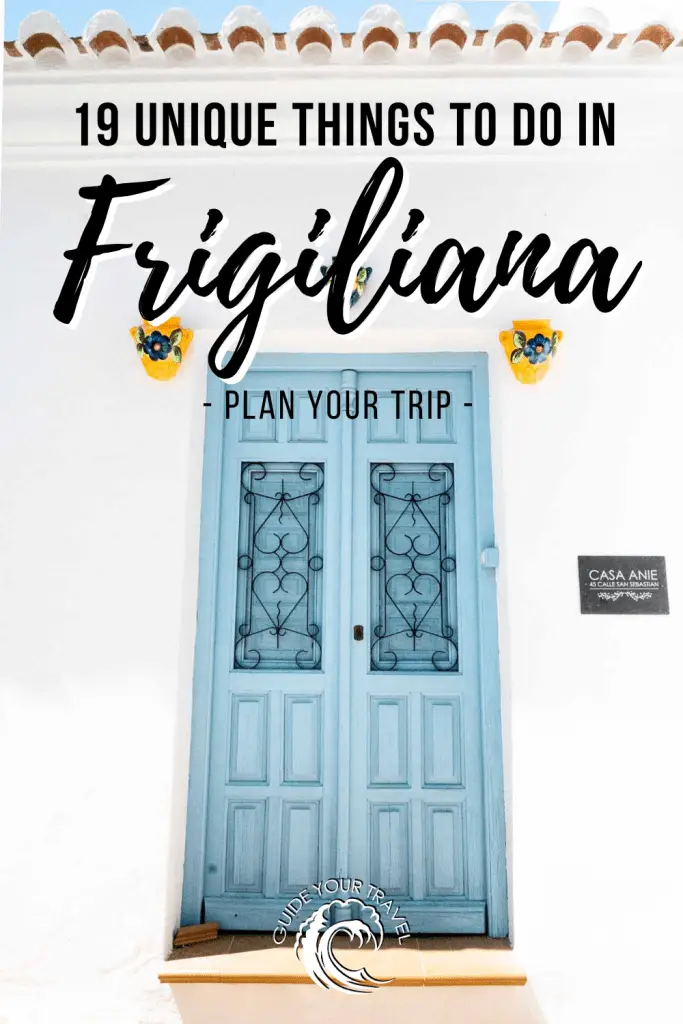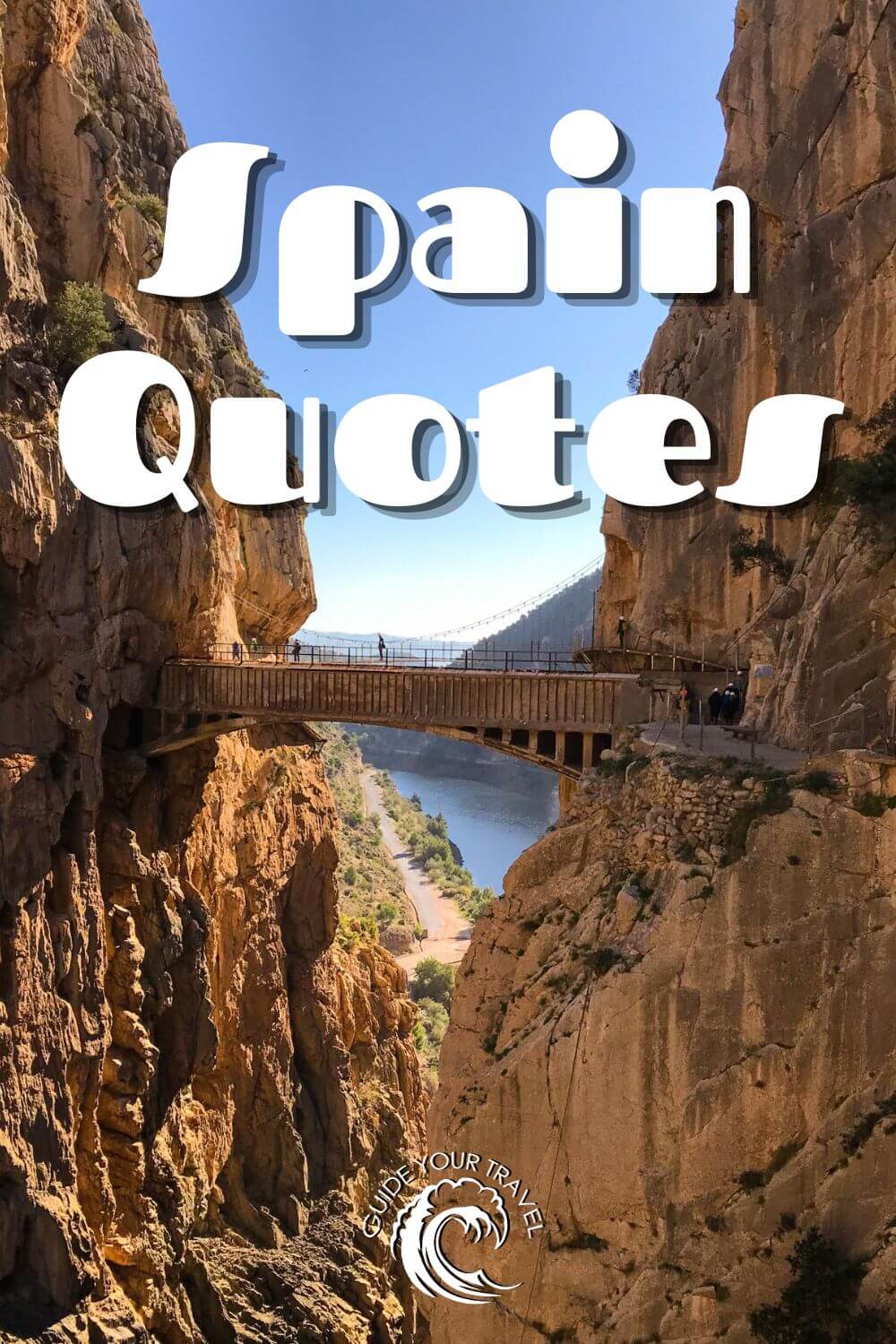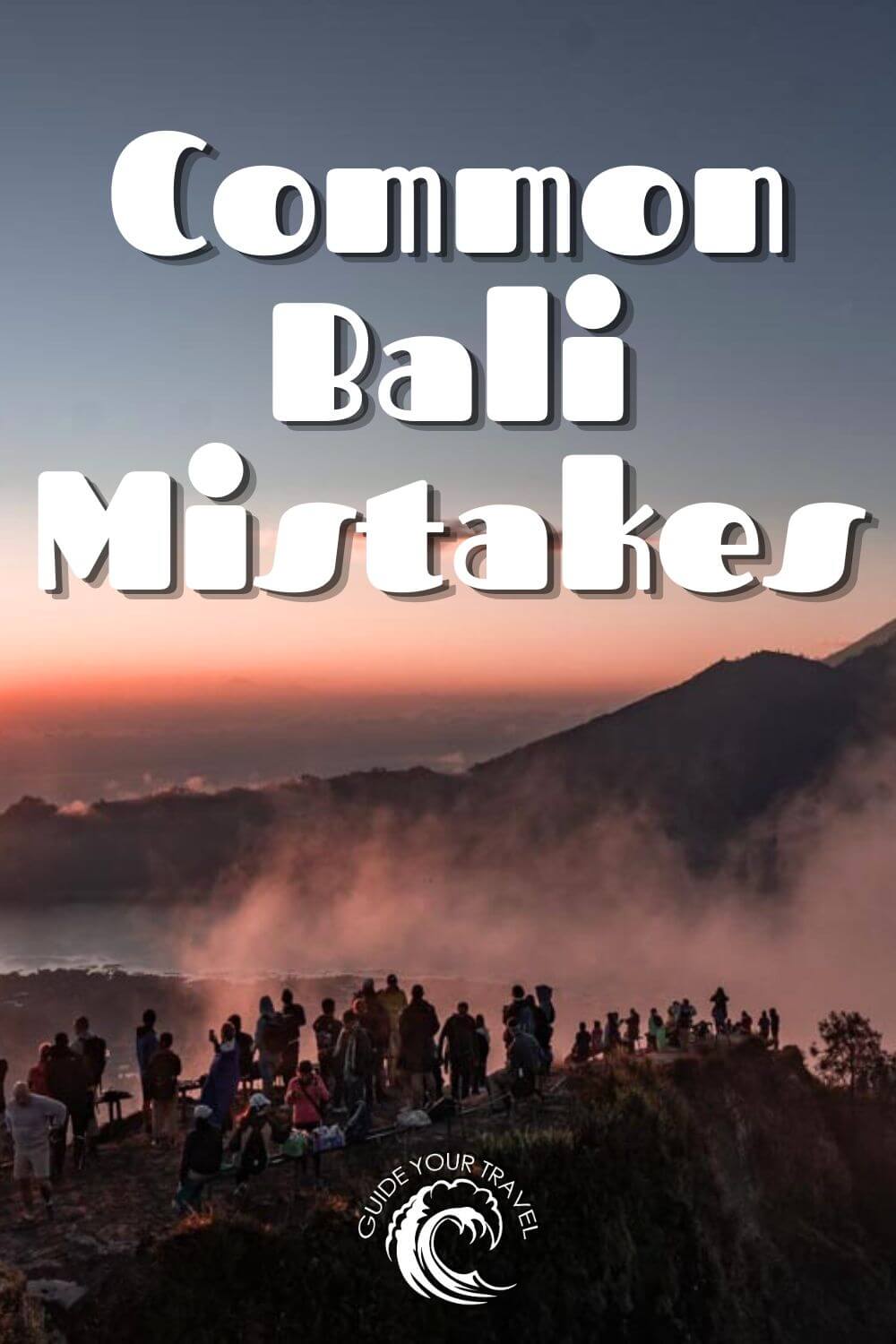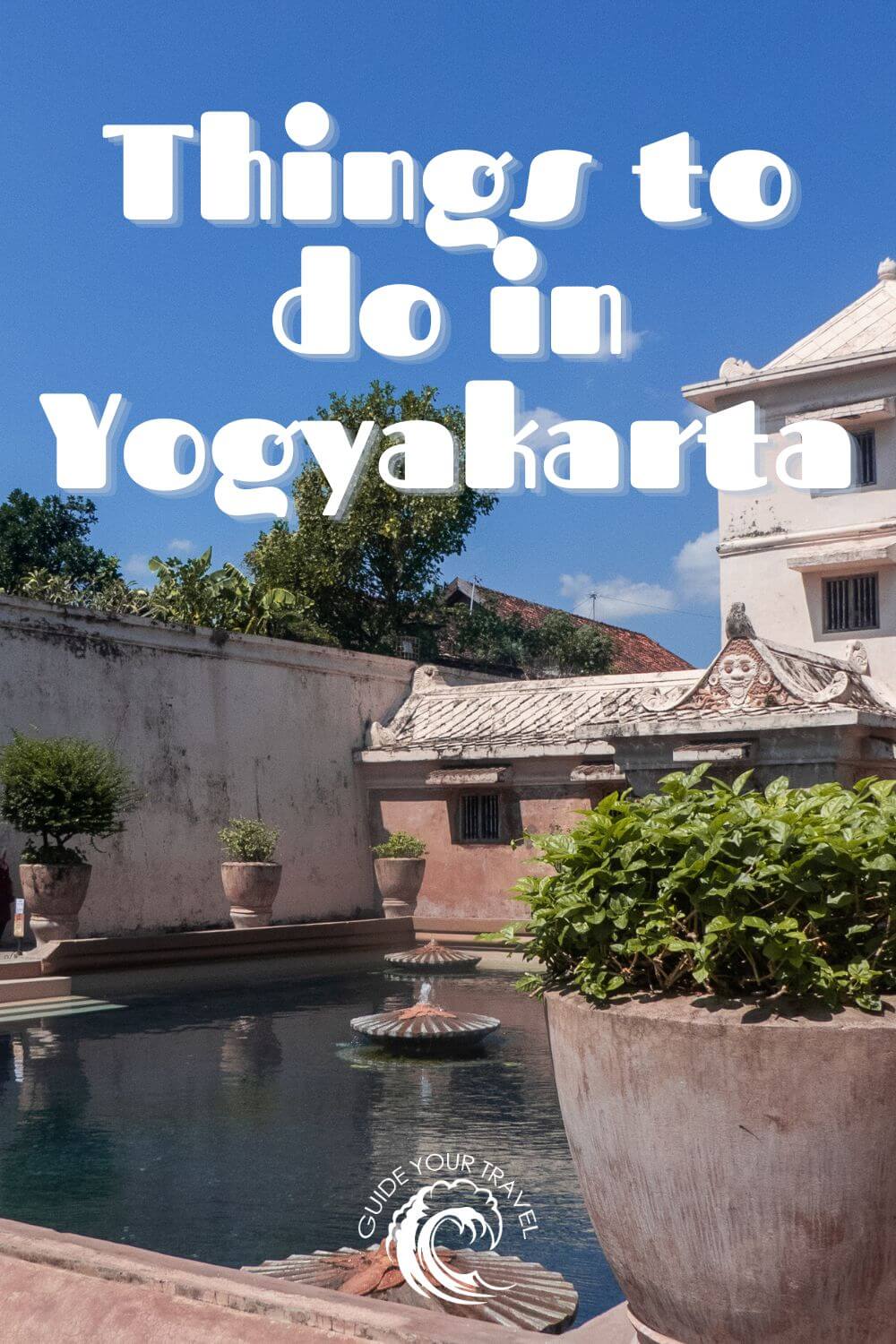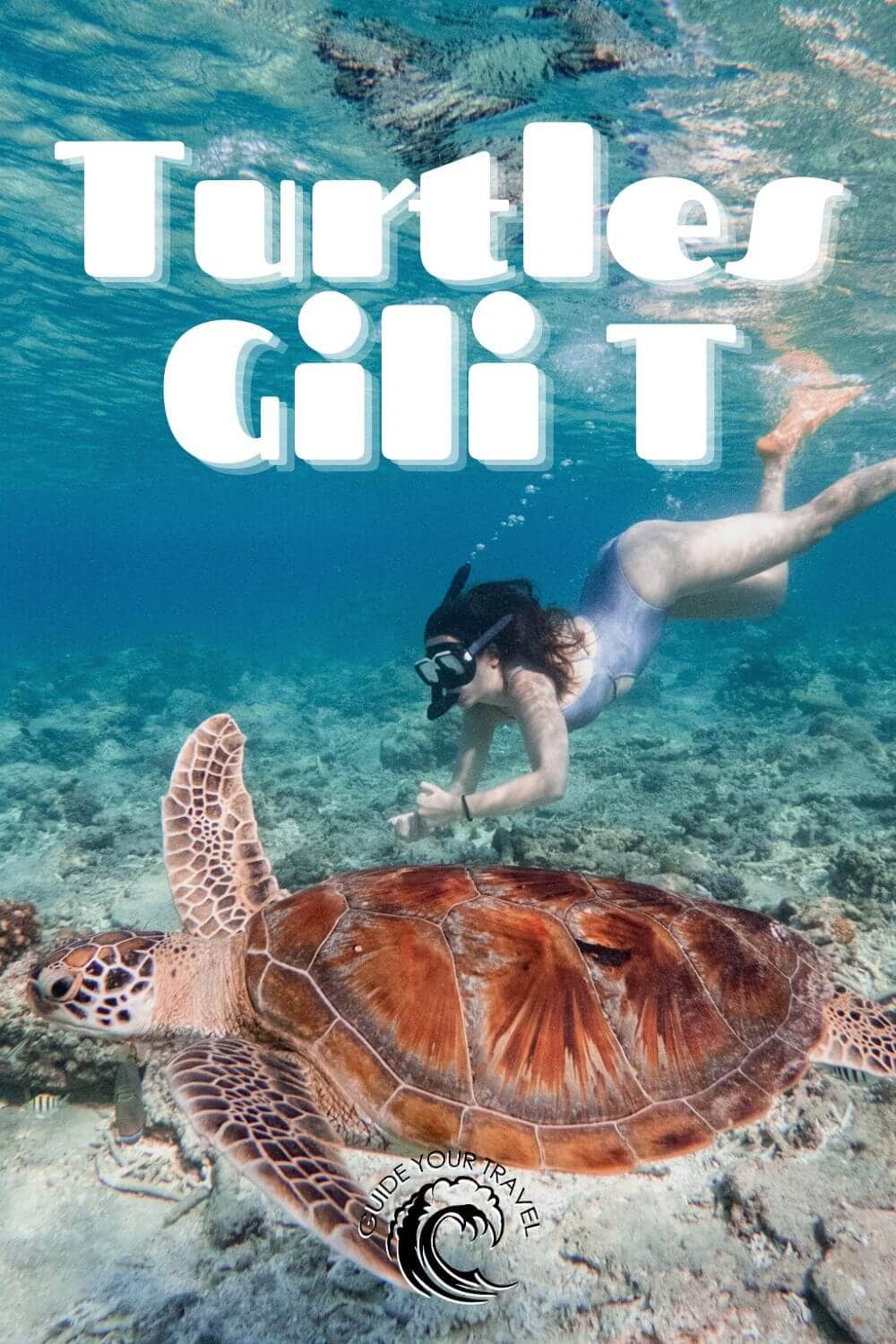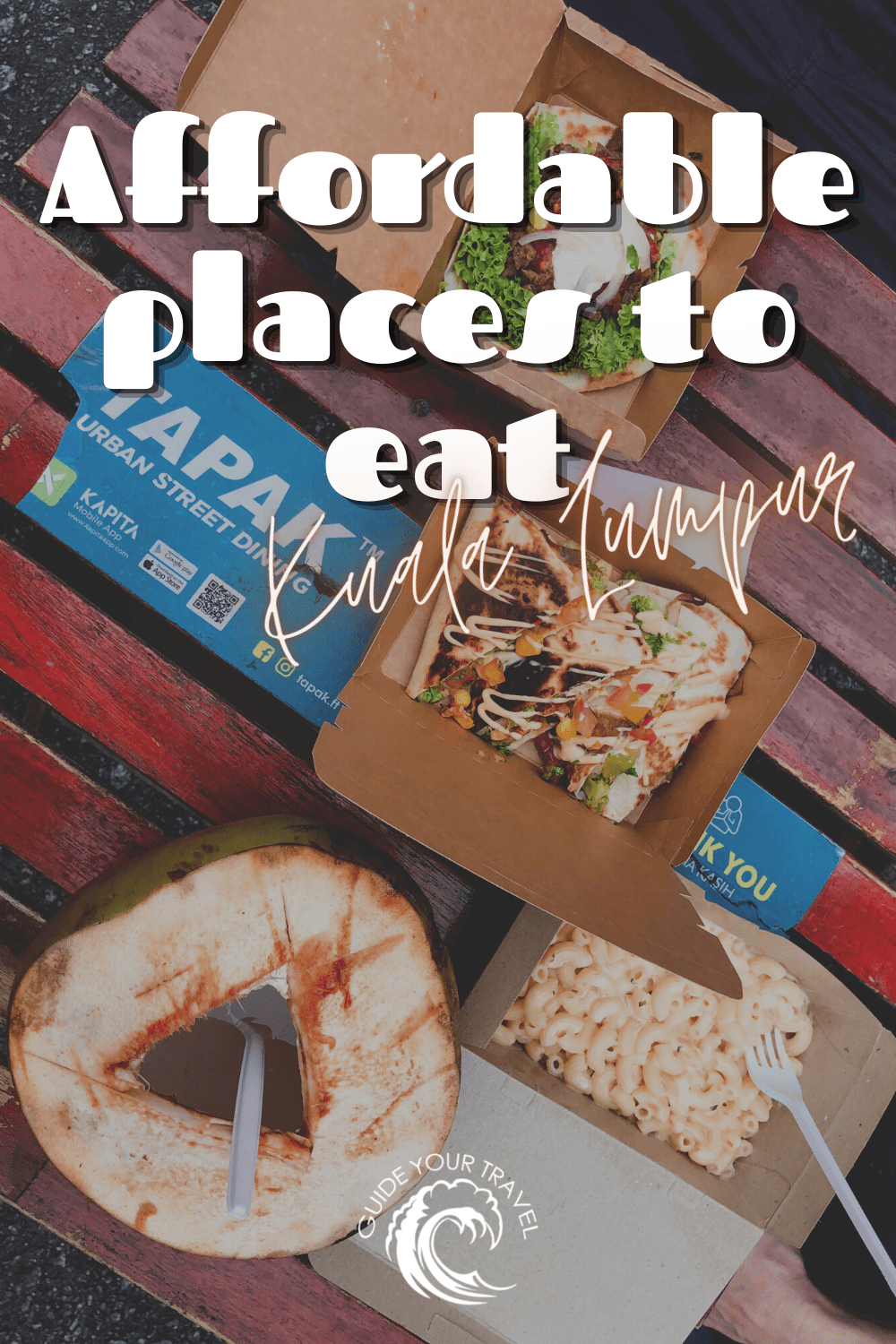Spain


City Guides



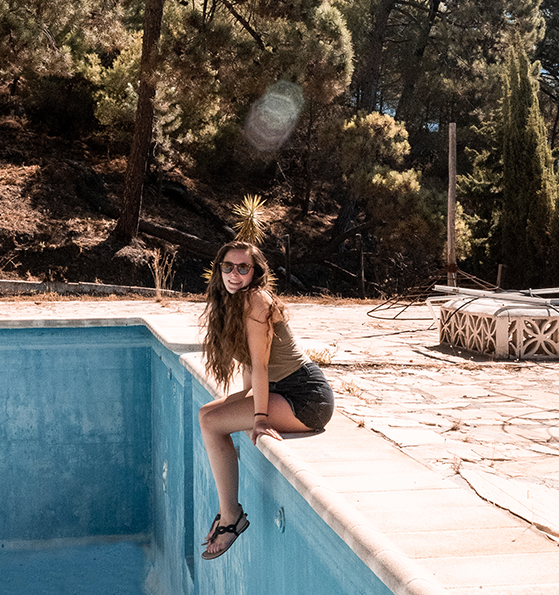
Hi, I'm Victoria
Welcome to Guide your Travel – a blog about South East Asia and how to travel on a budget.
I’m a blogger, writer and photographer and love to introduce my favourite destinations to others and encourage them to see the world.
I’m originally from Germany but spent four years living in the UK, quite a bit of time in Spain and Malaysia, and am now travelling full time with a home base in Bali, Indonesia.
Popular Posts
Previous
Next
View Posts By Countries
Explore my favorite places by clicking one of the countries below


